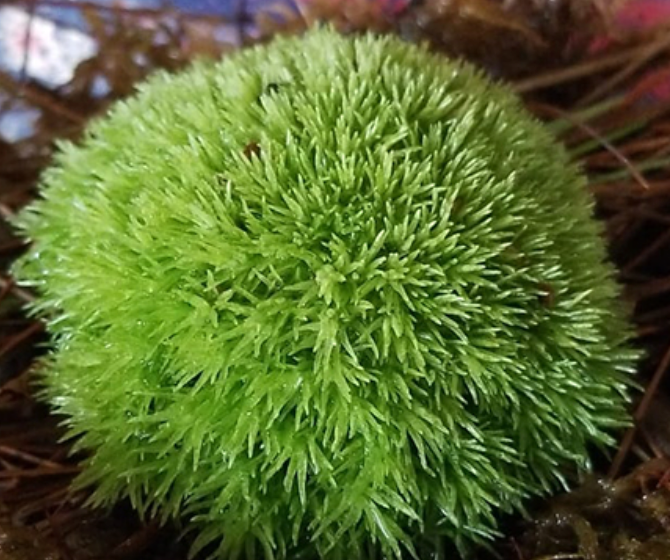Mosswholesale
Terrarium moss Fissidens bryoides with Phytosanitary certification and Passport, grown by moss supplier
Terrarium moss Fissidens bryoides with Phytosanitary certification and Passport, grown by moss supplier
Impossible de charger la disponibilité du service de retrait
Delivery information: We ship with DHL for orders of 100euros and more we give free shipping, for small orders we ship with Laposte. We will be sending plant passports with each species, your order will arrive in 2-3 days with DHL.
Fissidens bryoidens Is a full shade high humidity moss that grows in Sandy soil and clay
We sell Fissidens bryoidens as a grown moss in many dimensions or as inoculated clay/Alfisols discs with spores and mother moss, we also sell the correct "Growing Substrate" for this moss.
(When choosing which items to add to your basket please be aware of the difference in 5x5cm Moss: a carpet of moss. and substrate.)
We do Internation post tracking with every order. Your order will be packed safely and I'll send your Internation tracking number so you can follow your order travels to you :)
This is a truly diverse moss who is easy to grow and will grow/spread as both an upright living wall moss and a carpeting moss making hick carpets and or cushions. She loves clay-based substrate. The rick is to sculpt your own clay substrate and place the carpet to form your desired feature in your terrainium, in the wild I have seen her grown all the way up the walls and covering the ceiling of clay caves. Lesser Pocket-moss is a member of the Fissidens species which have the leaves bordered by long, narrow cells; this pale glistening border can be seen with a good hand lens.
Shoots are 3–20 mm long. The male organs are borne on very short lateral branchlets; these can usually be seen as a number of bud-like structures in the leaf
axils when a shoot is held up to the light. Capsules are frequent and erect; the seta arises terminally on the shoot.
This is a main lowland species, and is common on neutral or mildly acidic clay soil in woodland, on streamsides, arable fields and in gardens.
It avoids very acidic or permanently wet substrates and is rarely found directly on rock.
Our clay discs are inoculated with Fissidens bryoides spores which, once wet, will grow after 3 weeks into moss that then connect together into a carpet and spread from there. The benefit of growing from spores is 1- they grow and thrive in the environment, if terrarium or moss garden, or water feature 2- the clay discs can be molded into any shape once wet and will stick to any surface. You can also divide the discs as they are inoculated with thousands of spores. You can also divide the discs as they are inoculated with thousands of spores. To give the spores the correct substrate 3 discs is equal to 30x30cm of the substrate, you simply mix the clay disc into the substrate and spread it into a 30x30cm carpet.
watch this video about propagation: https://youtu.be/aDTJHdLBqGc
This is a striking moss Genre really quite different from what would be expected of a moss. You might think it was a tiny fern at first glance or a liverwort when it first starts to pock out its leaves from the wet mud.
It is its uniqueness that I think most beautiful. I often find Lesser Pocket-moss on broken chunks of mud that have rolled away from the riverside or mud that has tumbled off the base of a stump in the woods and I'll bring them home to admire as they grow; I add them to my moss garden, stick them in cracks of my garden wall, in the earth of pot plants.
You will be receiving moss which has been dehydrated for shipping, when she arrives just rehydrate her by spraying water on her, and within seconds she comes back to life. Do have a look at my other moss, liverwort, and lichen collection for sale in my Etsy shop, and chose a selection. Moss can remain alive even during periods of drought, resuming photosynthesis when moistened again by rain or even fog.
This moss makes a natural addition to moss gardens as they would grow together with Lichen and Liverworts on ground substrates and clay and mud.
Do have a look at my other dry moss, Liverwort, and Lichen species for sale and buy a selection, for your table art, Terrariums, moss gardens, and living walls (allow the moss time to set and absorb water before you let your pet play with it, allow up to 1 month for moss to set.)
Historically, three taxonomic bryophyte groups have been recognized and now represent the three main divisions in this group: Marchantiophyta (liverworts), Bryophyta (mosses) and Anthocerotophyta (hornworts). The three main groups have diversified throughout their evolutionary history, making it difficult to identify the specific characters separating these three groups.
The status of bryophytes as the oldest living land plants is widely accepted
They evolved about 500 million years ago. Like other land plants, mosses contain green chlorophyll and make their own food through photosynthesis, which involves using the energy of the sun to combine carbon dioxide and water to make sugars.
Mosses are nonvascular plants, which means that they lack a vascular system. Because nonvascular plants lack lignified water-conducting tissues, they can't become as tall as most vascular plants.
The Ecological Roles of Mosses - Mosses play essential roles in the natural world:
Mosses don't need previously developed soil to survive, because they obtain their mineral nutrients from rain or running water.
This means that mosses are sometimes the first to colonize newly exposed areas. They promote soil formation, because (as they grow) dust and humus collects among the stems. When they die, their bodies decompose and add to the developing soil.
Mosses grow where other plants cannot, because they can survive without being rooted in soil. They can survive on cliffs, rocks, steep hills, and tree trunks. Mosses colonize the barren rocks and exposed areas of hills, and make them suitable for growing larger vascular plants by depositing humus soil and plant debris. Mosses can remain alive even during periods of drought, resuming photosynthesis when moistened again by rain or even fog.
Mosses play an important role in the global carbon cycle. They absorb carbon dioxide and release oxygen. In areas with cool climates, decomposition is slow because of cold temperatures. This means that large amounts of carbon are sequestered in the Sphagnum of bogs.
Mosses also contribute to the environment by absorbing water from rainfall and runoff, then slowly releasing it to the ground or atmosphere. This reduces stream erosion and fluctuating lake levels.
Mosses also provide a habitat on which many species ultimately depend, underpinning entire ecosystems. Mosses provide shelter for other organisms such as small insects. The insects, in turn, provide food for frogs, which in turn provide food for snakes, which in turn provide food for carnivores like bobcats.
Materials
Materials
Shipping & Returns
Shipping & Returns
Dimensions
Dimensions
Care Instructions
Care Instructions
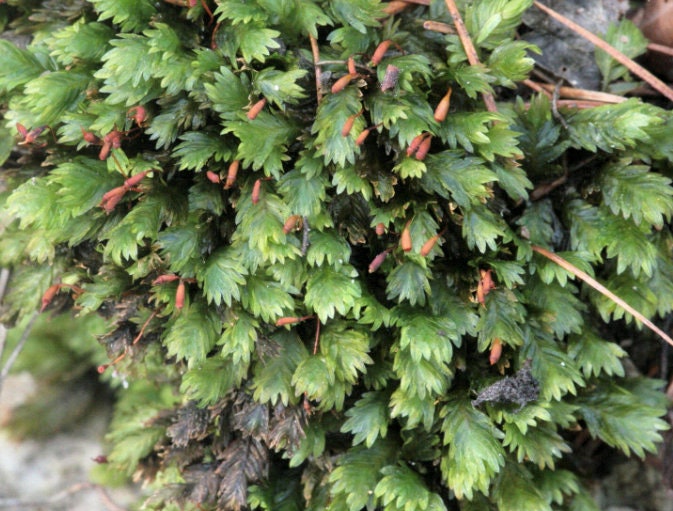
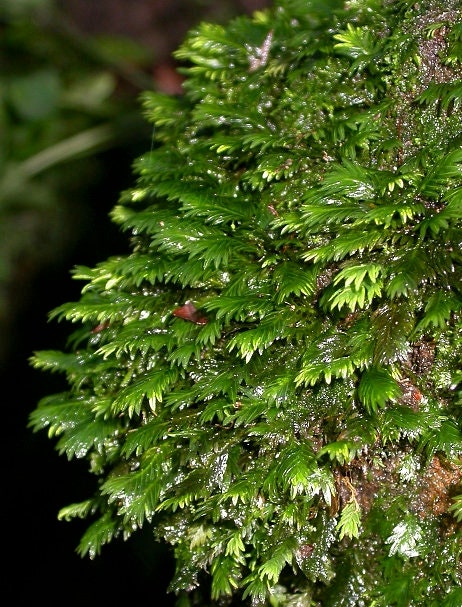
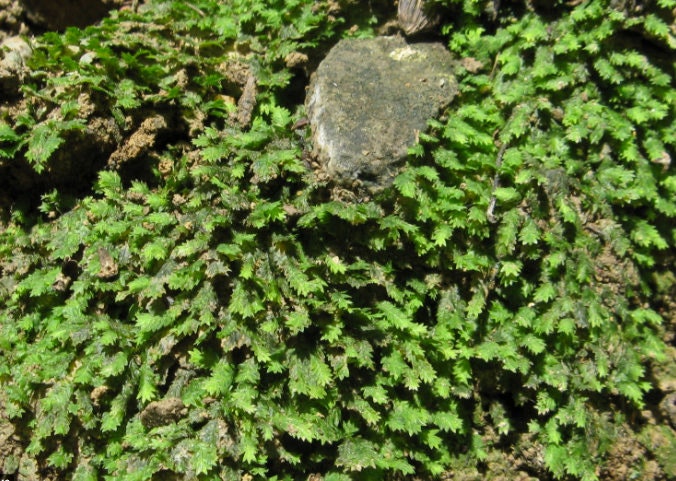
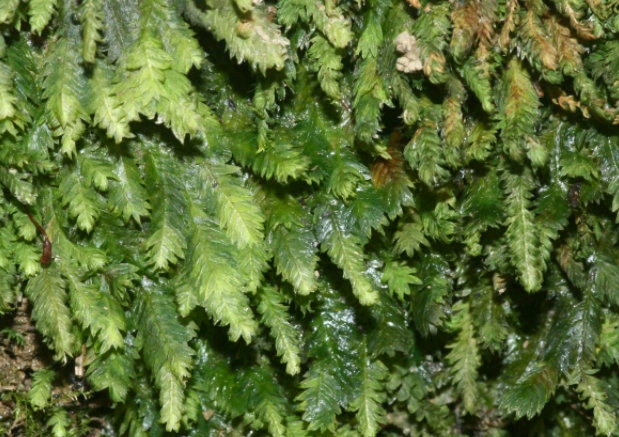
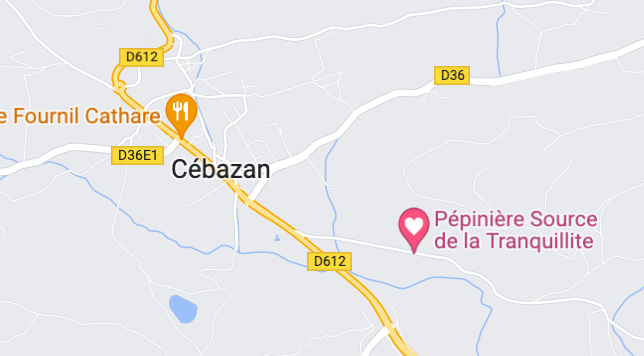
-
Free Shipping
We offer free shipping in France! and internationally for orders of 500 euros or more.
